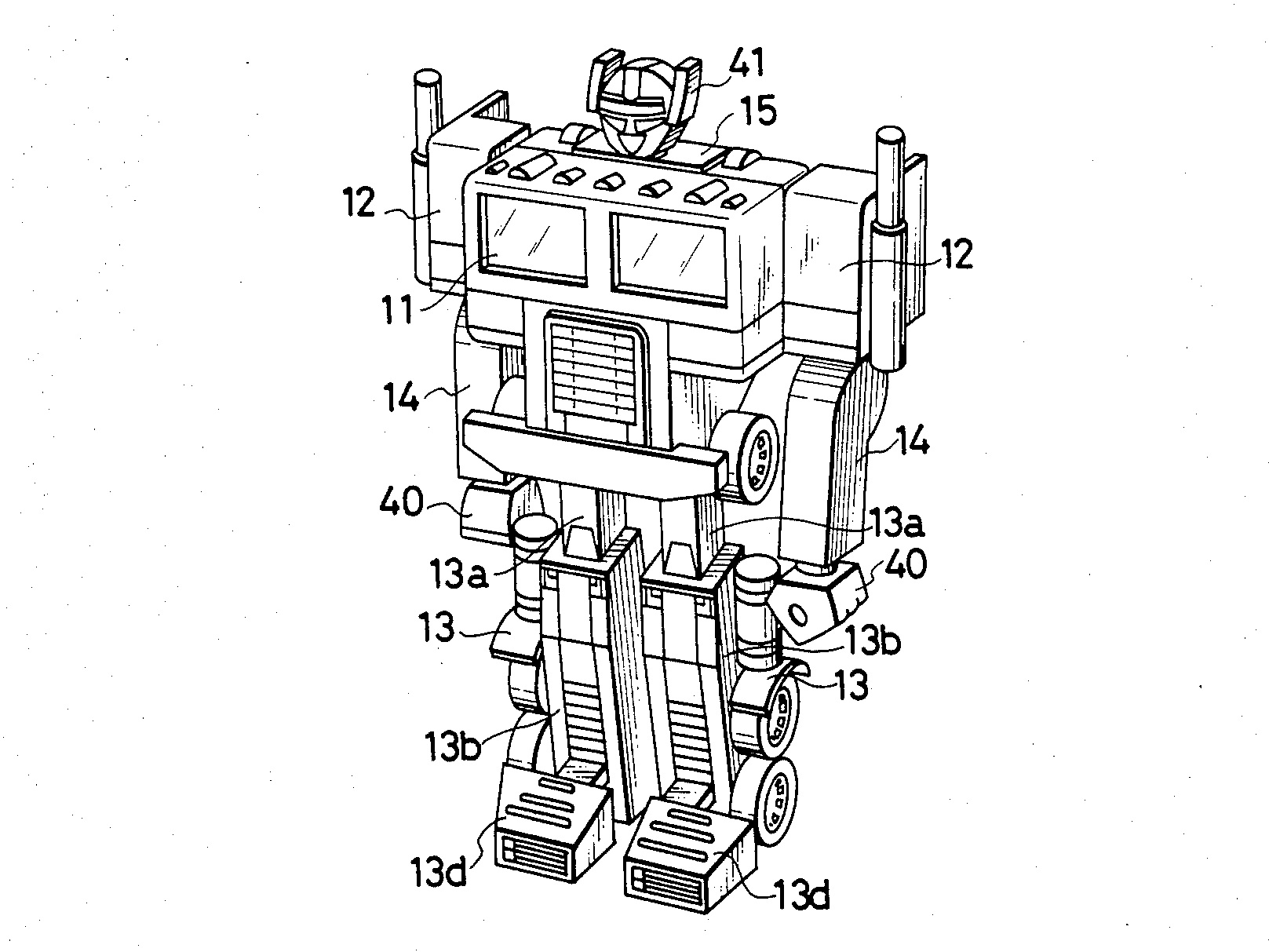Starting The Patent Process with a Detailed Provisional Patent Application
In my prior post, Proactive Patent Prosecution, I emphasized that the patenting process is an ongoing process once started. Where is the best place to start?
Given that the patent system is now a “first to file” system, a comprehensive provisional patent (or series of provisional patents) may be the best first step for starting to protect the IP for an inventor, a startup or new product at an established company, because it can be done relatively quickly to secure the earliest possible filing date, and then converted into a full non-provisional filing.
The provisional patent will secure a filing date (to the extent of its disclosure of the information that is relied upon and claimed in the later-filed non-provisional application) and allow the inventor to mark products as “patent pending.” In an ideal world, the provisional application would be an exact copy of the non-provisional application that is eventually filed; however, it takes time to prepare a formal non-provisional application during which time a competitor can be the "first to file" at the patent office. Since there are no formal requirements for a provisional application, it can be assembled from the materials that the inventor has already produced in order to get the provisional on file relatively quickly. The materials will stay confidential/private unless a non-provisional application is subsequently filed.
Also, when an inventor has produced a working prototype the provisional patent can be very effective. Not only is the information for full disclosure and enablement available, but it also increases the odds that the inventor has found the most practical implementation(s) of the invention--and has come to understand the invention variants that a potential infringer might exploit to "get around" a resulting patent. It is important to think of these and sensible alternative embodiments so that later at least some of the claims can be drafted to block infringers from appropriating the essence of the invention while not technically infringing the patent claims directed to the primary embodiment the inventor eventually focuses on commercially. An inventor should always ask, "how can I implement the essence of my idea in different forms"? The answers to this question should be included in the materials that get filed in a provisional application. In addition, as many other features or planned features that have not been included in working prototypes but that are able to be sufficiently described in writing and through figures should also be included in the materials that are ultimately filed in the provisional application.
It is relatively inexpensive to file a provisional application. The current USPTO fees for a “small entity” is $140. See USPTO Fee Schedule. To review materials provided by an inventor (e.g., PowerPoint presentations, Word documents, PDFs, scans of paper fragments with drawings on them, CAD drawings, annotated pictures, etc.), prepare the materials, and file the provisional it will likely take 5-10 hours (or more) of attorney time depending on the volume of materials.
If additional inventions, refinements, or alternatives are devised after the filing of the first provisional but before the conversion of the first provisional to a non-provisional application, several provisional patents can be filed over the course of the year. At the end of the year (measured from the filing of the first provisional), all of the provisional can be combined into one non-provisional. See, e.g., Gene Quinn, “Provisional Patent Applications the Right Way, the Wal-Mart Way,” IPWatchDog (Sept. 17, 2016).
It is incredibly important to file as much information and detail as possible, as this information will be what supports an early filing date for a subsequent non-provisional application. It is also this information which can be relied upon in later filed continuation applications when the specification is mined for infringement, and will be the information that causes your patent applications to be cited by other examiners to reject the later-filed patent claims of your competitors.
A year after filing the provisional application will “expire.” If it is not converted to a non-provisional by this time, the benefit of the filing date is lost.
A comprehensive provisional application can be a great way to quickly and efficiently get the patent process started while minimizing risks associated with the USPTO’s “first to file” system.





